Do, 25.04.2024
Archaeological Kids Club. Research what the stuff holdsArcheology to touch: be there and discover together with other children what exciting things are in the museum!
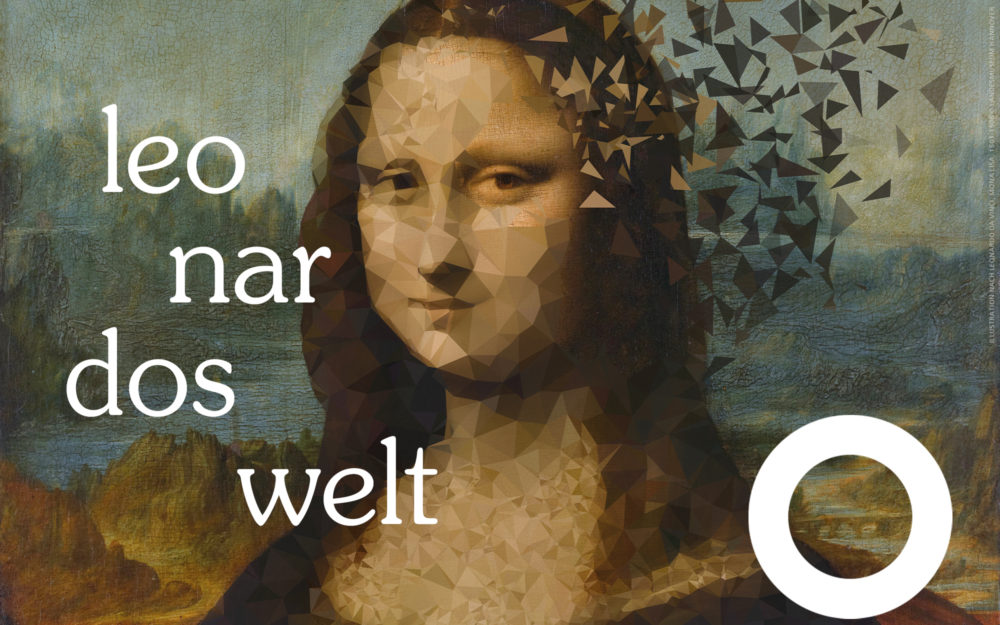
Leonardo Da Vinci is a myth: like no other of his contemporaries, the universal genius combined art with nature in his work. As an exceptional painter, he created the Mona Lisa, the most famous painting in the world.
As an enthusiastic scientist, he studied human anatomy and drew the ideal human, and as a visionary engineer, he designed sketches for aircraft that were way ahead of his time.
The multimedia exhibition brings the pioneer of the Renaissance into the digital age: With the help of films, projections and holograms, his masterpieces and machines are brought to life. Light effects, images, sounds and colors combine to create an overwhelming audiovisual experience. The boundaries between art and reality blur and the visitor plunges into »Leonardo's world«.
Greetings from Prof. Dr. Katja Lembke at the opening
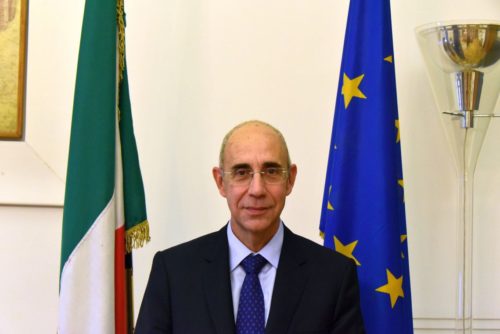
»Times of crisis have always been the engine of innovation: history shows that some achievements of civilization seem to be the result of dramatic moments, such as conflicts or epidemics. Leonardo da Vinci saw the outbreak of the plague in Milan in 1484. This experience prompted him to think about improving the quality of life in the city, so he developed the concept of the first waste disposal for Milan. In more familiar times, the project of European integration emerged from the awareness of the horrors of the 20th century.
Thanks to technological progress, we can now attend the digital opening of the exhibition "Leonardo's World - Da Vinci Digital". This exhibition is part of the impressive digital offer of museums and cultural institutions, which has grown due to the Corona crisis, which gives strength and confidence to many people not only in Italy and Germany in view of the beauty and wealth of our European heritage. May this show, which conveys the complex work and thirst for knowledge of its protagonist, stand as an expression of the creative power, connectedness and solidarity of art and culture in Europe. "
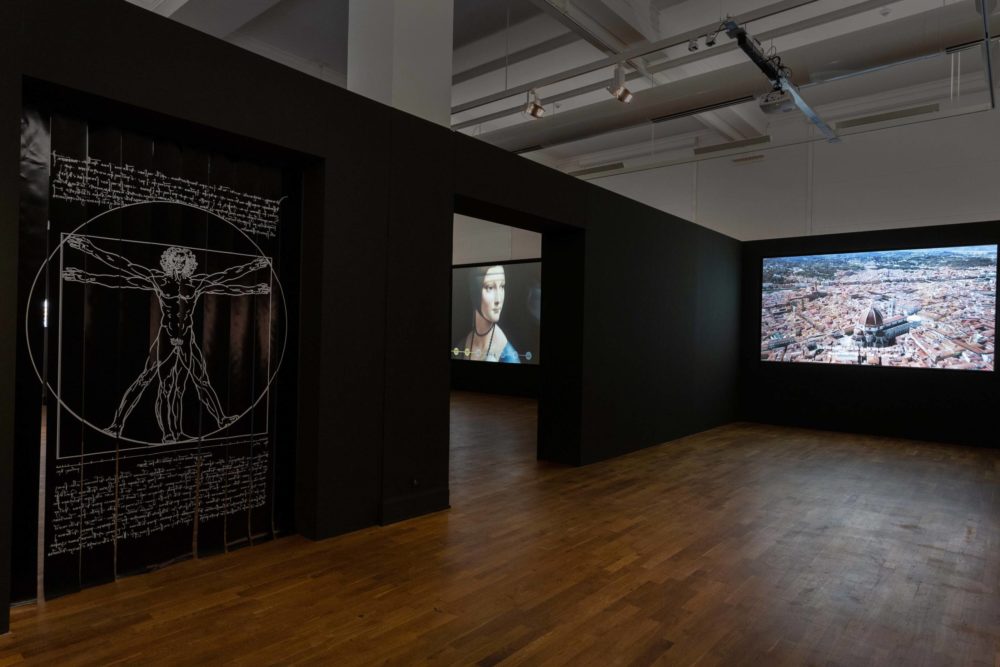
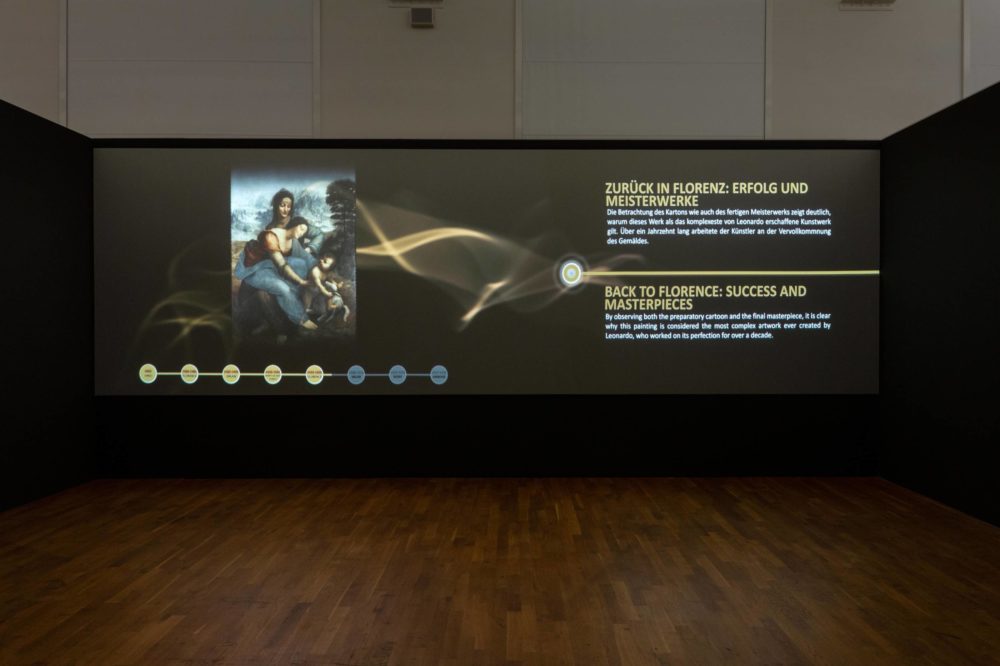
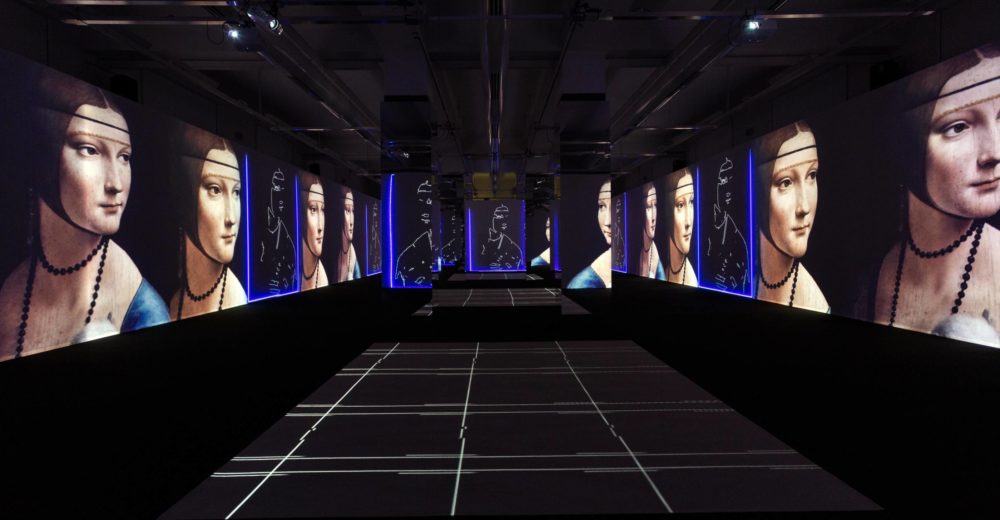
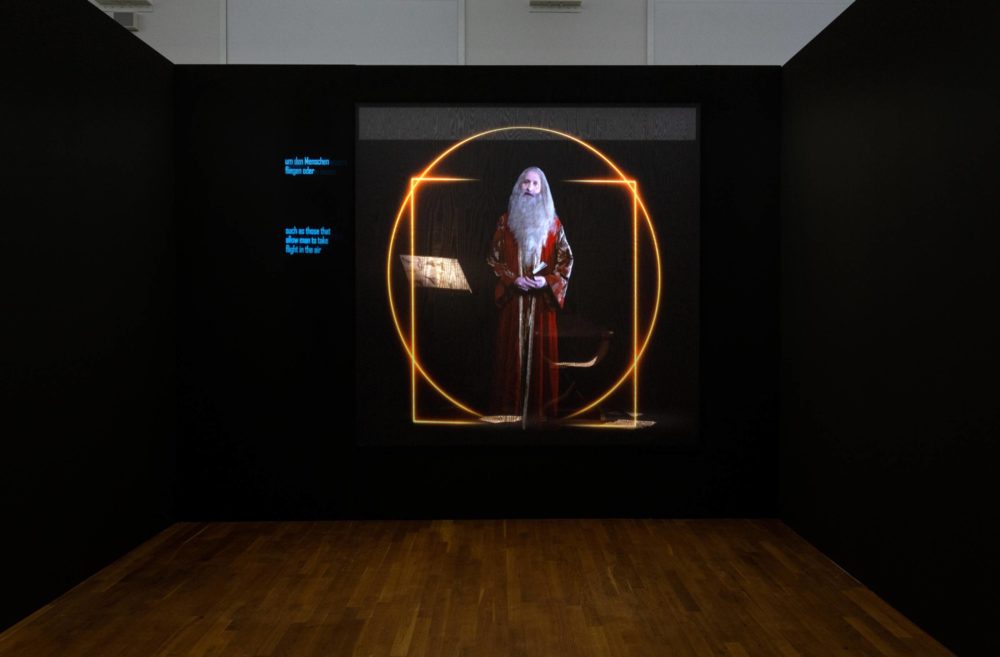
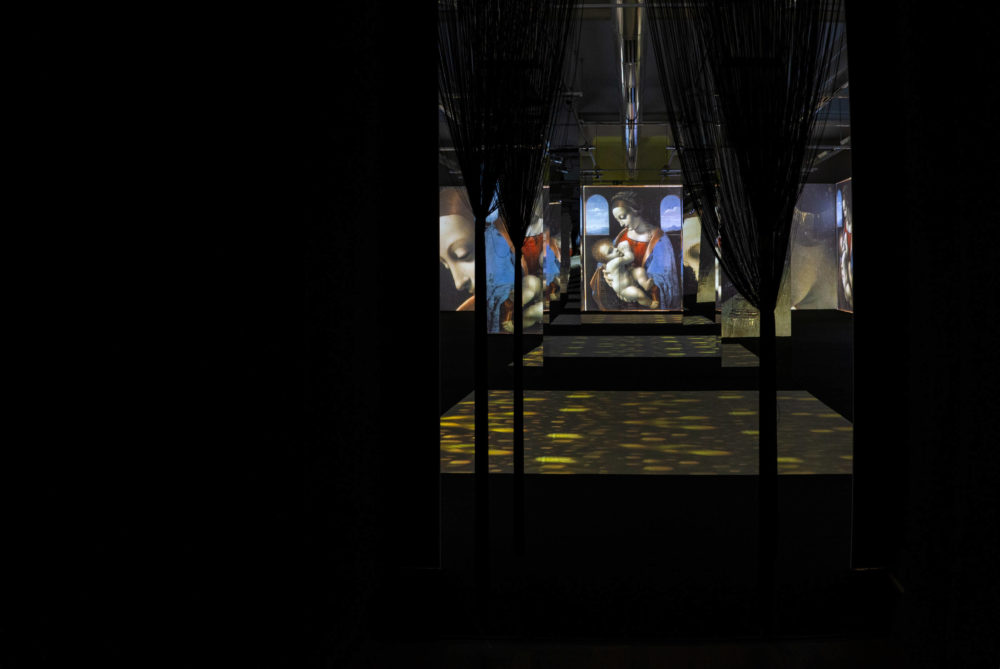
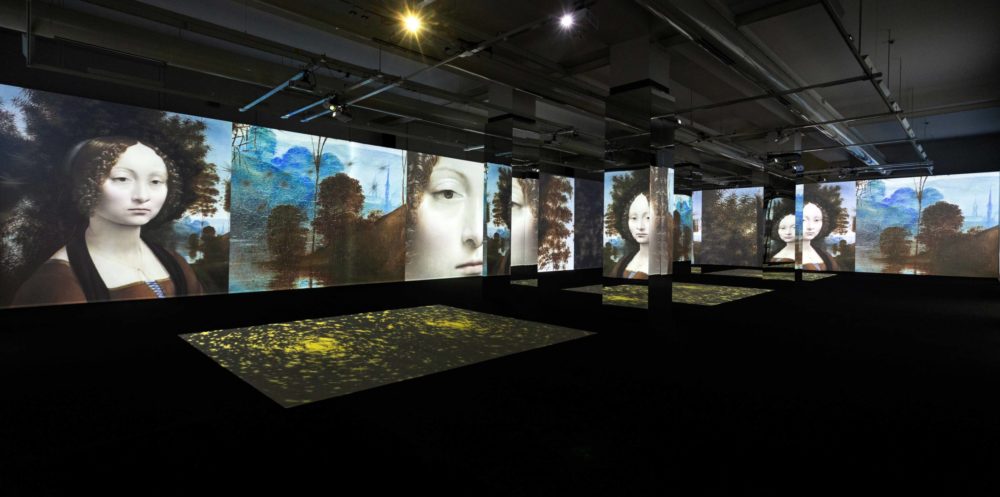
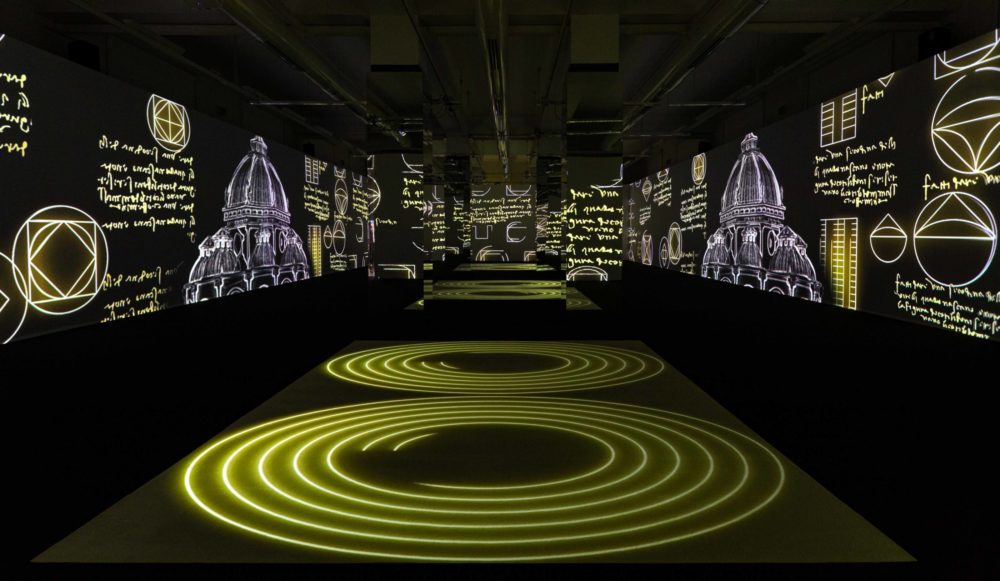
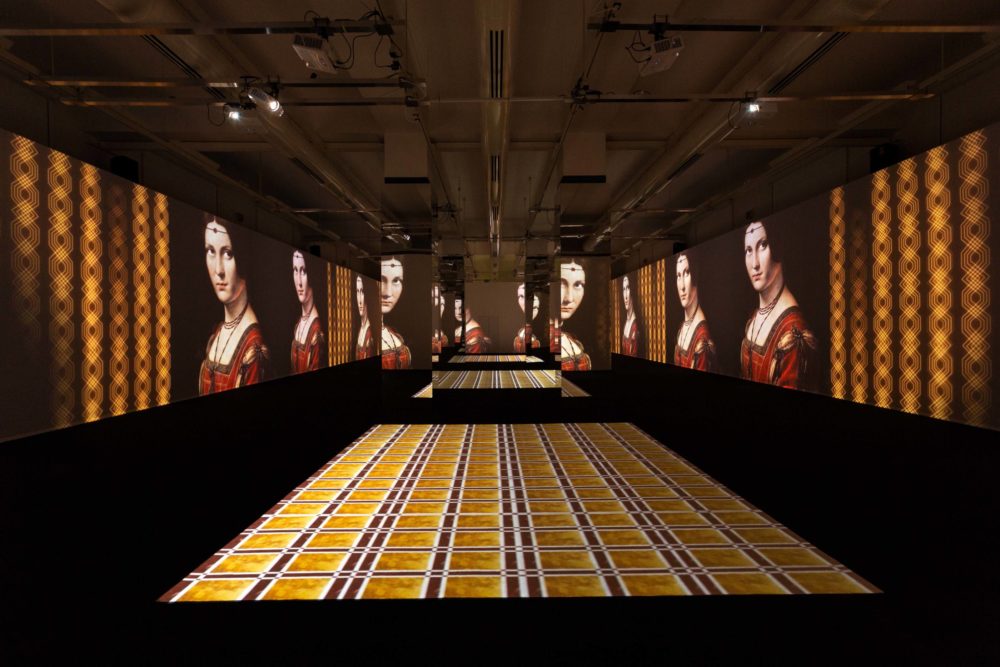
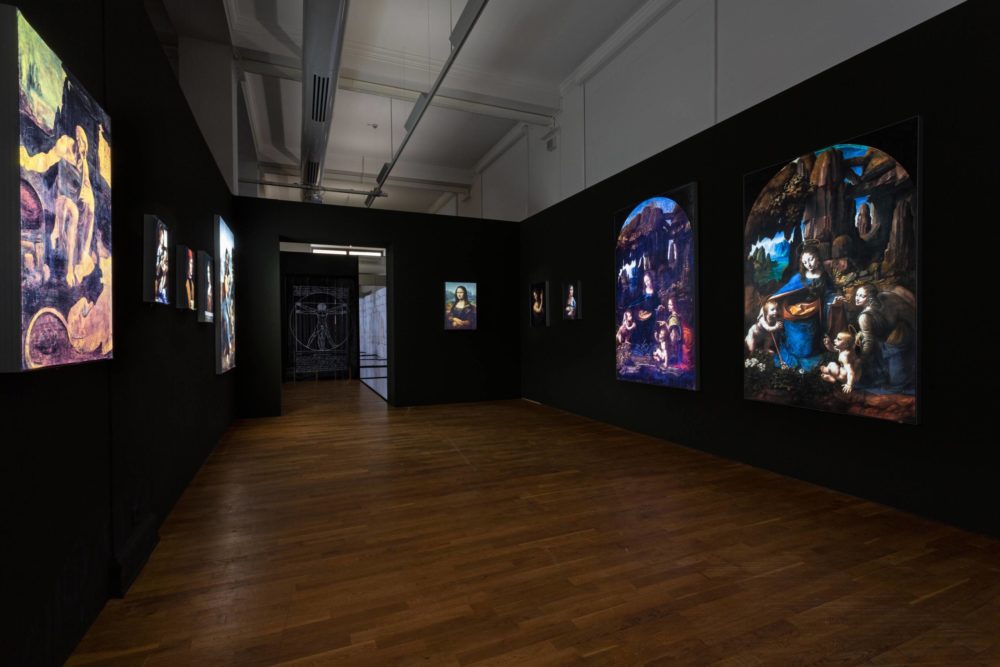
15.4.2020
Prof. Dr. Katja Lembke
»The Vitruvian Man: The Measure of All Things«
With his »Vitruvian Man« Leonardo da Vinci created the image of a perfectly proportioned person, who is still known worldwide as a symbol of beauty and symmetry. Our director Prof. Dr. reveals how he achieved this masterpiece. Katja Lembke in her cultural snack bar.
29.4.2020
Cultural snack by Caroline Stahr
»Leonardo da Vinci's flying objects«
Leonardo da Vinci was fascinated by the idea of being able to rise like a bird. Flying animals and how to transfer their skills to humans became one of his favorite areas of research. He outlined a wide variety of aircraft, but never got beyond the design stage. In her cultural snack bar, our volunteer Caroline Stahr reveals whether his constructions would really have been airworthy.
27.5.2020
Cultural snack by Caroline Stahr
»Leonardo da Vinci's war equipment«
Our volunteer Caroline Stahr reveals why Leonardo da Vinci's designs of catapults, fortifications and even tanks are often considered to be the forerunners of modern inventions in her cultural snack bar on the subject of »Leonardo's war equipment«.
13.5.2020
Cultural snack from Dr. Annegret Kehrbaum
»Madonna in the rock grotto«
The level of awareness of Leonardo da Vinci's "Rock Grotto Madonna" has increased enormously thanks to Dan Brown's bestseller "The Da Vinci Code". In the book, the painting provides an important clue that can be used to decipher the secret of the "Holy Grail". Unfortunately, the reality cannot quite keep up - but a close look at the work, which is now in two slightly different versions in Paris and London, is still worth it! In today's cultural snack, Dr. analyzes Annegret Kehrbaum the complex symbolism behind »Madonna in the rock grotto.
10.6.2020
Cultural snack from Dr. Annegret Kehrbaum
»Leonardo's landscapes«
Dr. Annegret Kehrbaum reveals why Leonardo da Vinci is considered a »visionary of landscape painting« - although he never created a pure landscape painting. The close relationship between man and earth plays a special role, which the artist knew how to reproduce like no other.
24.6.2020
Prof. Dr. Katja Lembke
"The Last Supper"
There were many things in which Leonardo da Vinci excelled - but speed was not one of his strengths. The fresco painting popular in the Renaissance, in which wet pigments are applied to fresh, still moist lime plaster, therefore did not match his way of working. Instead, for his famous mural, "The Last Supper," he chose the Secco technique, which is painted on plaster that has already dried. Unfortunately, the first damage appeared just a few years after its completion. To date, it has been restored eleven times and only 20% of the color areas were applied by Leonardo himself. However, this does not detract from the beauty of the scene: "The Last Supper" is and remains one of the master's most fascinating works. Our director Prof. Dr. explains what makes the portrayal of Jesus with his disciples so special. Katja Lembke in her cultural snack bar.
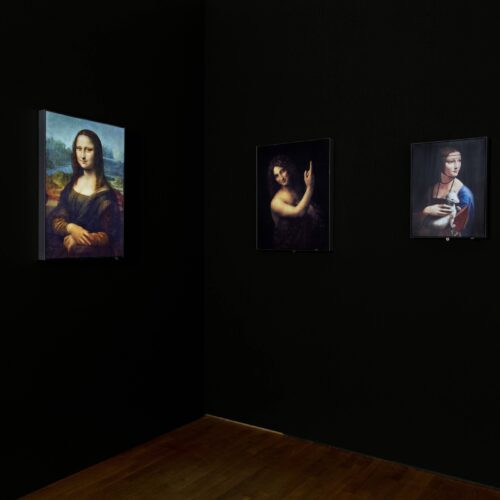
08.07.2020
Prof. Dr. Katja Lembke
"Mona Lisa"
It is considered the most famous painting in the world: The Mona Lisa. Numerous legends are about the painted beauty and above all about its mysterious smile. But who was actually painted here? Scientists and art lovers have tried to solve this puzzle for centuries - and in 2008 they finally succeeded! How it came about and who the real role model for the Mona Lisa was, is revealed by our director Prof. Dr. Katja Lembke in her cultural snack bar.
Events for the special exhibition can be found here.
In addition to the independent visit to the exhibition, we offer workshops for young and old, which make it possible to work in Leonardo's various disciplines.
The Workshop program is available for you to download.
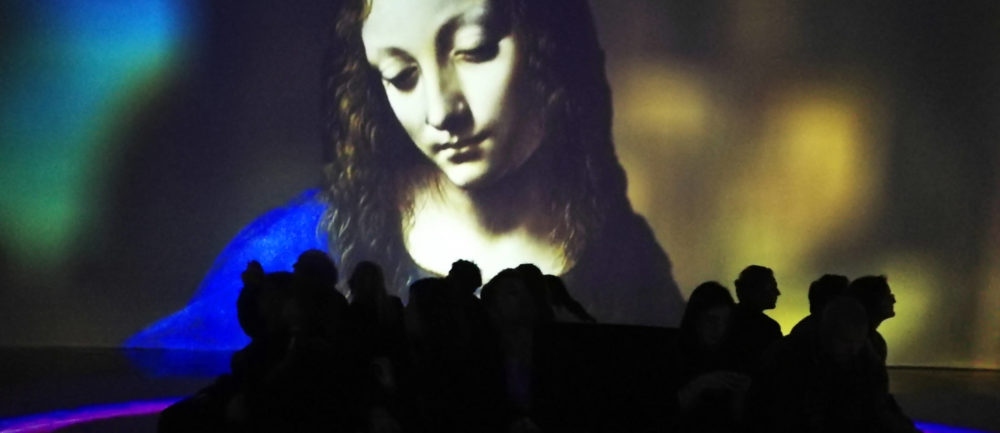

Underground: Aegidientorplatz
Bus: Rathaus / Bleichenstraße lines 100 and 200
Rathaus / Friedrichswall line 120
Parking in the surrounding streets
Tuesday to Sunday 10 am - 18 pm
closed on Mondays
10 € | reduced 8 € | Families 20 €
including collections
Combined ticket special exhibitions
"Duckomenta" + "Leonardo's World"
15 € | reduced 12 € | Families 30 €
including collections